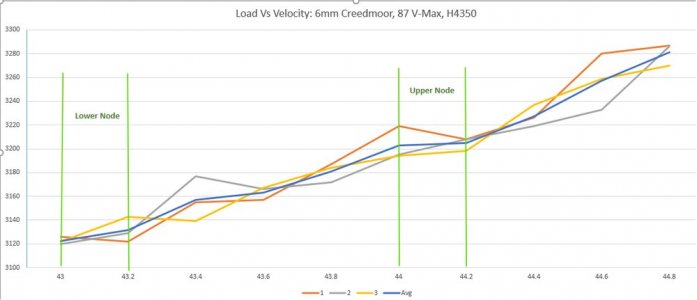One little bit I'll add because I didn't see anyone else post it is this: ladder tests. There are videos on youtube that explain how to do a ladder test when developing a load. It's pretty simple really. The goal is to find what is called an "accuracy node". Basically, load 1 round at the minimum load recommended by whatever manual you are using, then in .2grain increments work your way up to max load loading 1 round at each increment. Once you've reached max recommended load, go shoot. Start at your lightest load and work your way up to the heaviest, checking each spent case for over-pressure signs. What you are looking for in this ladder test is as you work your way up from minimum to maximum load, somewhere in the middle you'll end up with a few rounds that don't gain in elevation on the target, or velocity on the chrono. Once you find those 3 or 4 rounds where there is no real change, thats call the "accuracy node" for your gun/load. Pick the middle of the node for powder charge and from there you can start fine tuning your bullet seating depth to tighten up your groups.
This is good advice, but works best if you fire them at 300+ yards. Otherwise, it may be hard to get enough separation to tell. That's another place where the chronograph comes into play. It's the same idea, but instead of looking for bullets that group together vertically, you're looking for velocity flat spots. You can even nerd-out with Excel like I do:

